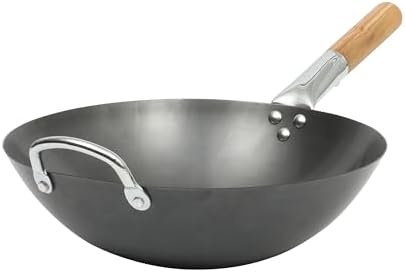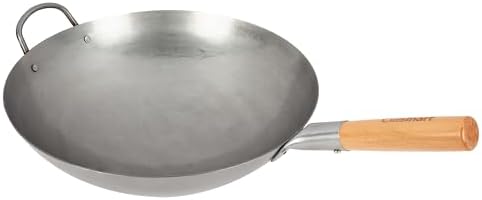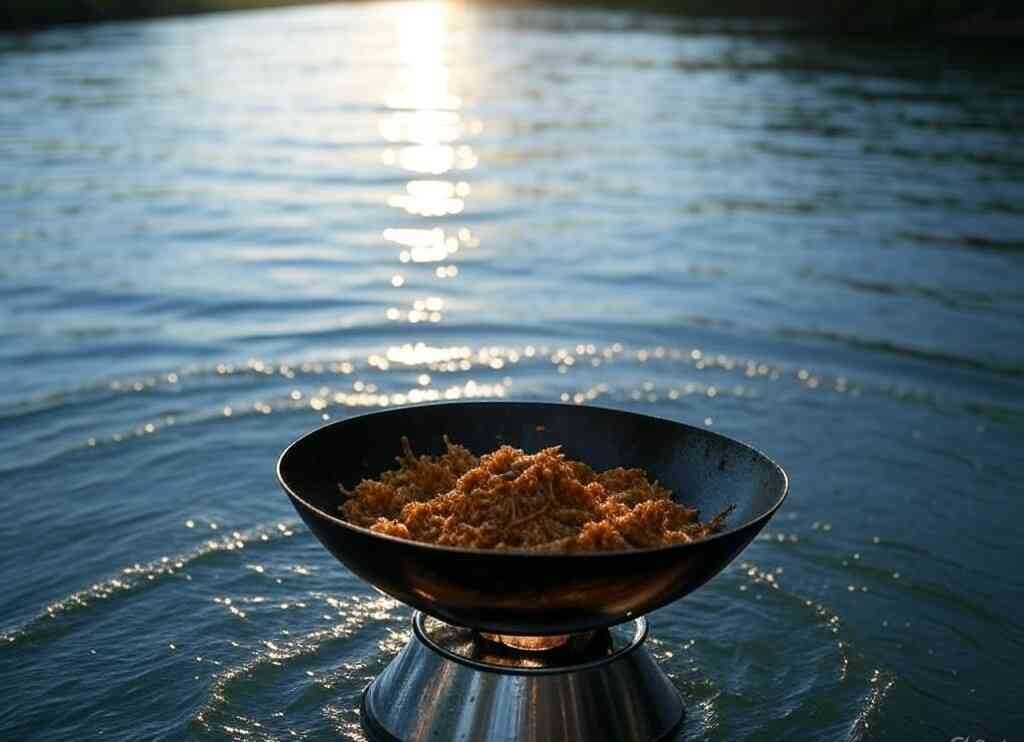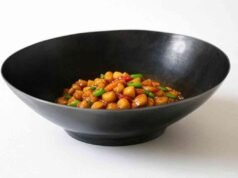An active fire. Cast iron woks take longer to warm up. But they offer great cooking properties and can be seasoned to add flavor and effectively heat “cold” foods like frozen vegetables.
Although woks are prized for their versatility, the way they are used during cooking will depend on the shape/size of the wok. They are often categorized by diameter and by use. The most common size wok is 14″-16″ in diameter with a height of 3.5″ to 5″ depending on the weight/material of the wok. The rounded shape of a wok works well with thin, high flames (i.e. the characteristics of most Asian stoves). If a wok is toroidal shaped (with a bulge), consider it a specialized tool appropriate only for cookware.
Cooking with a wok is most easily
Cooking with a wok is most easily done with a thin sauce or broth that covers the round bottom of the wok and has a mouthfeel balanced by some density (think of the balance of density of flavor available with tofu as a choice for cooking). The advantage to a toroidal shaped wok is the exterior surface area of the wok heat on both sides when submering or steeping, not to mention use for cooking and stir frying vegetables.
Consider the wok’s weight
Whichever wok you use for starting, consider the wok’s weight (especially if it is a multi-use wok) for intended use – a long handle works best with a medium-weight wok. The heaviness of a wok may consider the base (short) and the lid (long) handles, such that when one is stirring the handle(s) are opposite to the intended direction. A wider mouth, ‘high’ fire wok will trap heat much better than a shallow, wide wok. This is important in type of heat in preparation.
Use your intuition and what has worked well before, as it is a natural way to learn. Use the steam generated underneath the wok to guide on how much liquid to use and how quickly the heat is transferring. You will cook food anyway, for that reason a careful mean is not a substitute for intuition.













[…] pans, the carbon steel wok possesses very good heat retention and reactivity. This makes the carbon steel wok the pet of chefs and food cooks […]
[…] and maintenance are essential to ensure the long life of a carbon steel wok. Gently clean the wok after every use with a sponge and hot water. Do not use abrasive pads, which […]
[…] restoring a rusted carbon steel wok, the first thing one has to do is complete damage assessment. Identifying the extent of rust and […]
[…] woks have one extended handle to one side. This is suitable for tossing food. Other ones have two brief […]
[…] care to maintain the nonstick seasoning and prevent rust. Unlike most stainless steel cookware, a carbon steel wok should never see soap. Poorly managing the cleaning and storage process is the surest way to ruin […]
[…] the kitchen, carbon steel woks are an incredible cooking tool because they conduct heat so well, and they can be so versatile with […]
[…] regarding a wok is the material. The most common materials are stainless steel, cast iron, and carbon steel. Among all these, professional cooks prefer to use carbon steel since it gets heated quickly and […]
[…] I am going to be candid. When I first invested in my serious, top of the line carbon steel wok, I thought I was all set. I bought the spatula, cranked the heat, and envisioned myself food […]
[…] between a flat bottom and a round bottom wok is one of the first and most important decisions when buying a wok. While both types are designed […]
[…] of the key advantages of using a carbon steel wok is that it is non-stick, but it achieves this over the years by seasoning. When oil is heated and […]
[…] chefs prefer carbon steel woks because they conduct heat well. They heat quickly and distribute heat evenly, making them […]